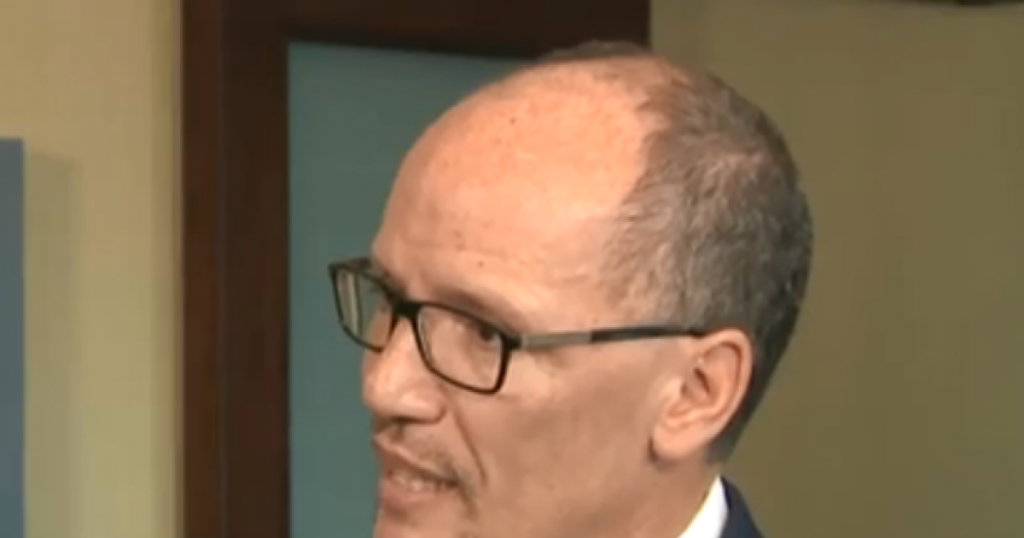
SPUR, a non-profit devoted good government planning in the San Francisco Bay Area, has published a paper laying out four possible visions for the region in 2070, and three of them are decidedly bleak.
The organization is supported by members, and the paper lists among its benefactors both of Mark Zuckerberg’s organizations — Facebook and the Chan Zuckerberg Initiative — alongside local biotech giant Genentech (owned by Swiss pharma giant Roche Holding AG), Stanford University, and other non-profits.
Like many papers from advocacy groups, “Four Future Scenarios for the Bay Area” lays out extreme scenarios in hopes of spurring what it considers to be proper action by local companies and governments, including investment in public transportation and affordable housing.
Even so, anybody living in the Bay Area today can easily identify with aspects of the worst cases laid out by the group.
The scenarios are:
In this world, wealthy tech workers and people who got lucky by buying houses at the right time exercised their power to stall further housing growth and improve their own lot. The result is a pleasant playground for the rich with great schools and public transit, and no working class people at all:
The core of the region is an international metropolis that appeals to the global elite. Many service jobs have been automated, so there are fewer service workers than there once were and most of the working-class population has moved elsewhere to find work. As a result, the Bay Area has become a racially, economically and culturally homogenous region, having lost its African-American population and most immigrant communities. It is not a place for working- and middle-class families to find housing they can afford.
Service workers, meanwhile, have been exiled to a “sprawling supercity” near Stockton, where single-family homes exist alongside tent cities, and commute hours to the city.
This recalls CNBC MakeIt’s recently published story about Danny Finlay, a 32-year-old who commutes 4 hours a day from California’s Central Valley to San Francisco so he can avoid paying $4,500 a month in rent.
In this libertarian-hellscape scenario, political decision-making has been driven by personal liberty with no mind toward the collective good. As a result, the rich live in gated enclaves protected by private security forces, surrounded by slums:
The dominant architectural form is the gated community. New construction includes fortress-like features by default, and those who live in older neighborhoods retrofit the existing urban fabric with walls, gates and barred windows. Parks have become shantytowns, and public services are either nonexistent or highly dysfunctional.
An extreme digital divide has created separate transportation systems. Elevated autonomous transit lines that run along converted freeways are carefully protected and expensive to use. Electric passenger drones move constantly overhead, carrying the wealthiest residents. Meanwhile, the poorest residents rely on outdated technologies, including gasoline-powered “ad buses” covered in billboards and video screens, which help fund their operation.
This will sound familiar to anyone who’s waited for a delayed bus next to a sidewalk tent city in San Francisco’s Mission District, blocks away from the hilltop mansion Zuckerberg bought several years ago.
Lest you think the paper’s authors are anti-capitalist, this equally dystopian scenario imagines a world where the Bay Area has become hostile to big tech employers, spurring them to flee to friendlier places like Seattle and Toronto. The result is something that sounds a lot like Detroit after the decline of the U.S. automotive industry in the 1970s:
Classrooms are overcrowded, BART has stopped running and garbage collection happens every three weeks….Hospitals are understaffed, and expensive medications are hard to come by. There’s a waiting list for non-emergency surgeries.
The physical form of the Bay Area hasn’t changed much. There’s very little new building, but it’s not needed because our jobs and population are not growing. There are a lot of vacant buildings, and even some of our most valuable historic resources are starting to deteriorate.
Although it’s hard to imagine local governments turning on industry like this, there are signs that government patience is wearing thin, such as a proposed San Francisco rule that would forbid large employers new to the city from building free or subsidized cafeterias, forcing workers to eat at local restaurants instead.
This is the scenario that SPUR is trying to spur, in which private industry and local government work hand in hand to improve the lot for all classes and types of Bay Area residents:
Fast and reliable transit, managed regionwide by a single rail and transit authority, provides the backbone of our transportation system, connecting to the lower-density parts of the region via shared autonomous vehicles, ebikes and new forms of personal transportation. Because we worked to bridge the digital divide, these services are available to everyone.
Our communities are designed to encourage walking and biking. Many neighborhoods have car-free commercial blocks like those found in European cities. Autonomous vehicles and drones deliver some of our goods, but the sidewalks are for people. We welcome new people and new ideas, which has allowed a dynamic economy to prosper.
Over time, some industries have gone away, but new jobs keep emerging as we continue inventing new things. We have eliminated fossil fuels from our homes, vehicles and industries. Innovation in this area generates a significant export industry; we teach other cities and regions around the world how to build high-performance energy and transportation systems, the same way the Dutch export their water management expertise.
It’s hard to imagine this scenario happening, given how little progress has been made on problems such as rampant homelessness in the last several decades, but that’s the point of the paper — if we don’t consciously make decisions today with 2070 in mind, the future won’t look the way we want it to.
It’s well worth a read, especially given that the Bay Area faces more extreme versions of national problems like income inequality, and has proven to be a bellwether for the rest of the U.S. many times in the past.

